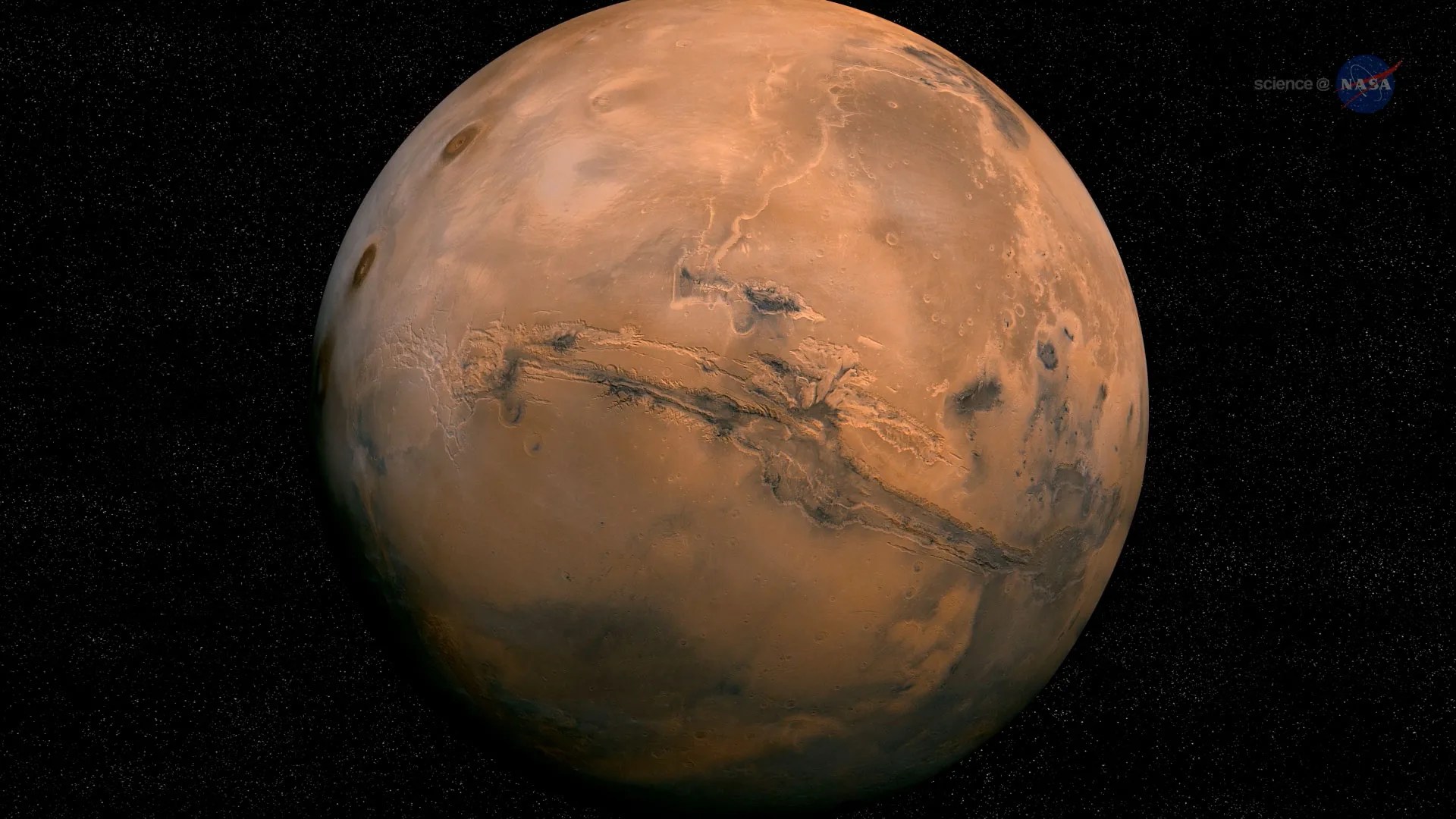2 min read

Searching for organic molecules in rocks on Mars is no easy task. Curiosity’s Sample Analysis at Mars (SAM) instrument is designed to analyze the chemical composition of gases, which it creates by slowly heating rock samples in an oven. The volatile gases that are driven off the heated rock sample get sent to SAM’s gas chromatograph and mass spectrometer (GCMS), which can identify the different gaseous compounds. However, organic molecules are tough to detect with this technique, because instead of transforming straight into gases when heated, they can decompose into simpler molecules.
But if organic molecules are “derivatized” before they’re heated – meaning that they react with other chemicals first in order to become more volatile – then the compounds are more likely to enter the GCMS without breaking down, and SAM has a better chance of detecting them. This derivatization process uses solvents of chemicals, so we call it a “wet chemistry” experiment. Curiosity only has nine cups containing these solvents, so we are careful to save our wet chemistry experiments for only the most interesting rock samples.
The “Glen Etive” site, which we have been studying for the past month, is enticing enough for this special experiment! Last week, to prepare for the experiment, Curiosity dropped the “Glen Etive 2” drill sample into the SAM inlet on the rover’s deck on Sol 2531, and took a picture of the inlet afterwards with Mastcam (shown above). Today’s plan for Curiosity includes performing the SAM wet chemistry experiment on the “Glen Etive 2” drill sample on Sol 2536.
Afterwards, Curiosity will spend most of the day on Sol 2537 recharging from the energy-intensive SAM activities, with a small number of additional science observations (including ChemCam observations of the “Glen Etive 1” sample dump pile and pebble targets “Peeblesshire” and “Perthshire,” and a Navcam movie to watch for clouds).
Written by Melissa Rice, Planetary Geologist at Western Washington University







